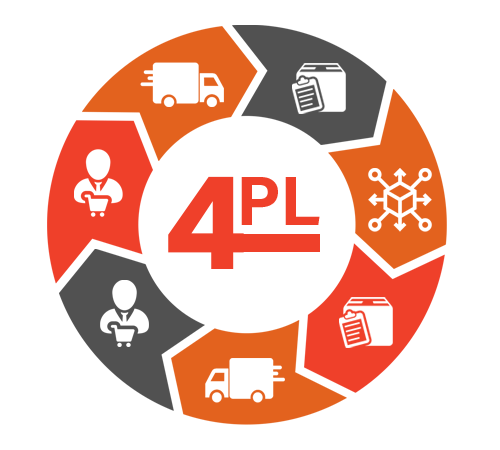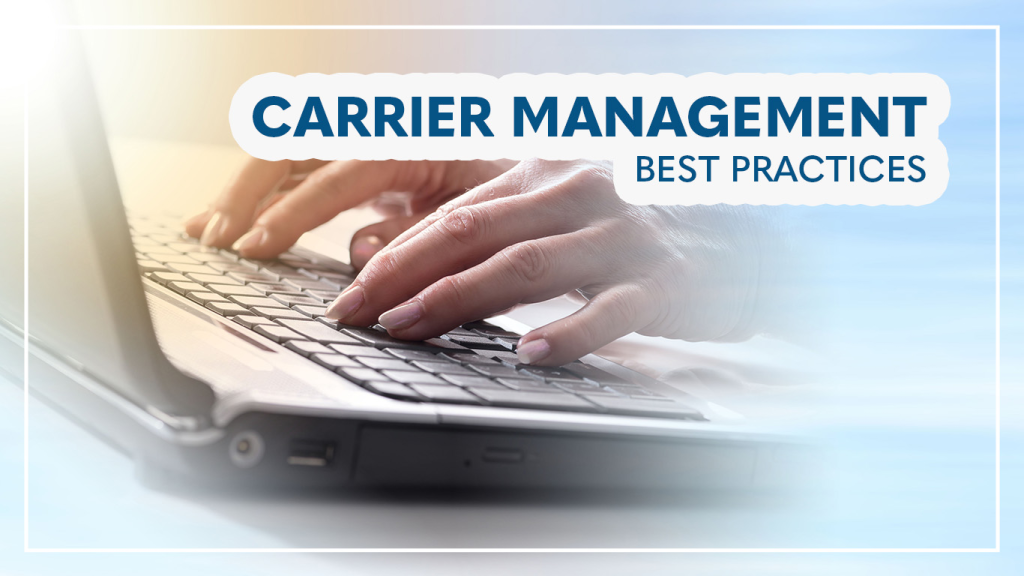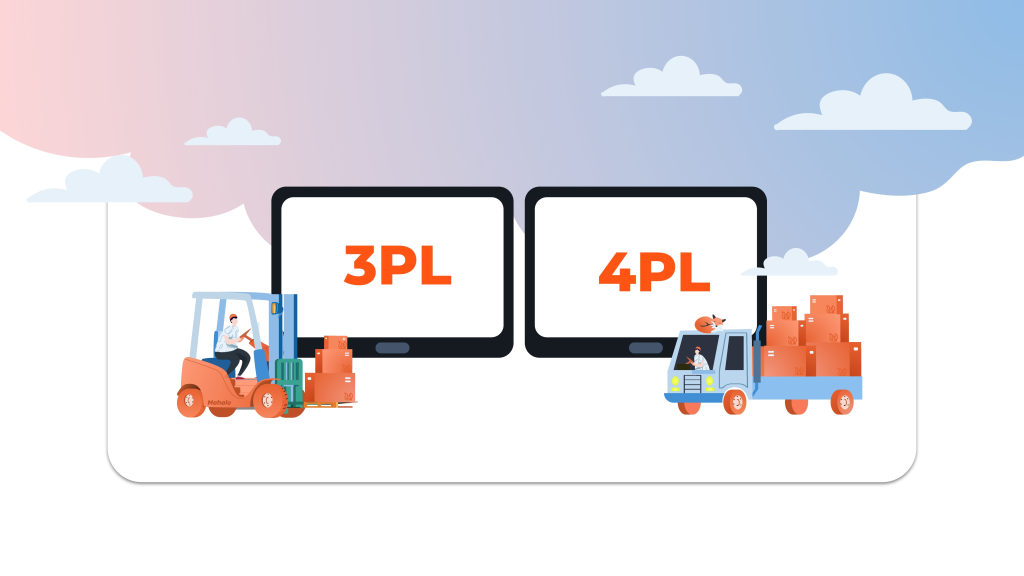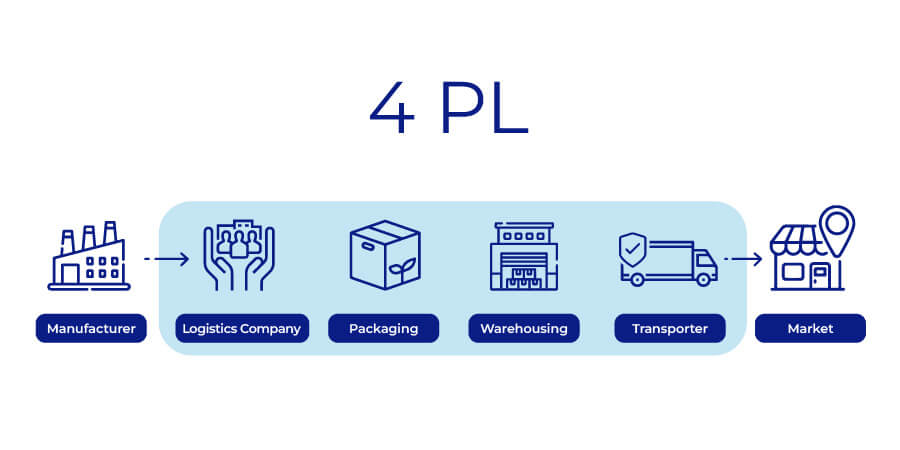Improve Delivery Times with 4PL Fulfillment Services
For ecommerce startups expanding into global markets, delivery speed can make or break customer satisfaction. In a world dominated by next-day shipping expectations, long transit times and poor tracking can lead to negative reviews and lost sales.
This is where Fourth-Party Logistics (4PL) providers come into play. Unlike traditional third-party logistics (3PL) providers that only offer warehousing and shipping, 4PL partners act as strategic coordinators—managing your entire logistics ecosystem, from warehousing and inventory allocation to carrier coordination and technology integration.
This article explores how working with a 4PL provider can significantly improve delivery times for cross-border ecommerce operations—especially for startups looking to scale smart and fast.

I. What is Fourth-Party Logistics?
A Fourth-Party Logistics provider (4PL) serves as a centralized logistics manager, overseeing multiple 3PL warehouses, transport partners, and technology systems on behalf of your business. Rather than physically storing and shipping goods themselves, they focus on:
- End-to-end logistics coordination
- Supply chain strategy and optimization
- Inventory allocation across global locations
- Integration of IT systems (ecommerce, ERP, WMS)
- Carrier and fulfillment vendor selection
Think of a 4PL as your outsourced logistics department—strategic, technology-driven, and globally connected.
II. How 4PL Services Improve Delivery Times

2.1 Smart Inventory Distribution Across Warehouses
A 4PL provider analyzes your order history and demand forecast to allocate inventory across the most effective fulfillment centers. By storing products closer to customers in key markets (e.g., US, UK, Southeast Asia), delivery time is drastically reduced.
Example: A startup shipping wellness products to Europe, Asia, and the U.S. can rely on a 4PL to place inventory in regional hubs and dispatch from the closest location automatically.
2.2 Integrated Technology = Faster Execution
4PLs use centralized dashboards to connect your ecommerce platform (like Shopify, WooCommerce) with multiple warehouse systems and shipping carriers. This enables:
- Real-time order routing
- Smart carrier selection for speed vs. cost
- Synchronized inventory levels across all locations
Fewer errors, less manual processing, and faster shipping decisions—all from one control panel.
2.3 Dynamic Carrier Management

Unlike traditional logistics setups where you’re tied to one warehouse’s carrier contracts, 4PL providers select the fastest or most cost-effective shipping option across a network of courier services. This leads to:
- Faster last-mile delivery
- Optimized regional shipping choices
- Reduced customs clearance delays (via pre-approval or localized fulfillment)
2.4 Localized Return and Exchange Processing
With a 4PL, return requests can be directed to the nearest authorized processing point, improving customer satisfaction and reducing reverse logistics delays.
This feature is especially crucial for cross-border DTC brands that want to offer Amazon-like return experiences without building global infrastructure themselves.
III. When Should a Startup Choose 4PL Over 3PL?

Consider upgrading to a 4PL model when:
- You sell across multiple countries or marketplaces
- Managing several warehouses or 3PLs is becoming inefficient
- You lack real-time visibility into order and inventory data
- You want to automate fulfillment decisions without micro-managing every step
- You seek to reduce shipping times and increase delivery reliability
IV. Choosing the Right Partner

Key factors to evaluate when selecting a fourth-party logistics partner:
- Global Network: Do they have access to fulfillment centers near your customer base?
- System Integration: Can they connect with your online store, order system, and inventory tools?
- Cross-Border Expertise: Experience with customs, duty-free zones, HS codes, and international returns
- Scalability: Can they support volume spikes, new SKUs, and market expansion?
- Visibility: Do they offer real-time analytics, tracking, and performance dashboards?
Recommended 4PL Examples:
- PostalParcel – Ideal for Asia-based sellers with global ambitions
- Flexport – A tech-forward logistics platform with freight and warehousing optimization
- ZigZag Global – Focused on cross-border returns and omni-channel fulfillment
- GEODIS 4PL – Enterprise-level solution for global brands
V. Final Thoughts
In the age of global ecommerce, speed and visibility are non-negotiable. Using a 4PL fulfillment solution enables startups to gain enterprise-level logistics advantages—without investing in infrastructure or hiring a full logistics team.
From inventory placement to last-mile delivery optimization, a trusted partner can turn your logistics into a competitive advantage. By removing bottlenecks, automating fulfillment workflows, and choosing the fastest carrier routes, your brand can consistently meet (or exceed) delivery expectations.
For ecommerce startups aiming to go global, 4PL is no longer just a luxury—it’s a growth strategy.
Industry Insights
news via inbox
Nulla turp dis cursus. Integer liberos euismod pretium faucibua









[…] promise faster delivery timelines and reduced labor dependency. This could particularly benefit 4PL providers managing complex global shipping for DTC and dropshipping […]